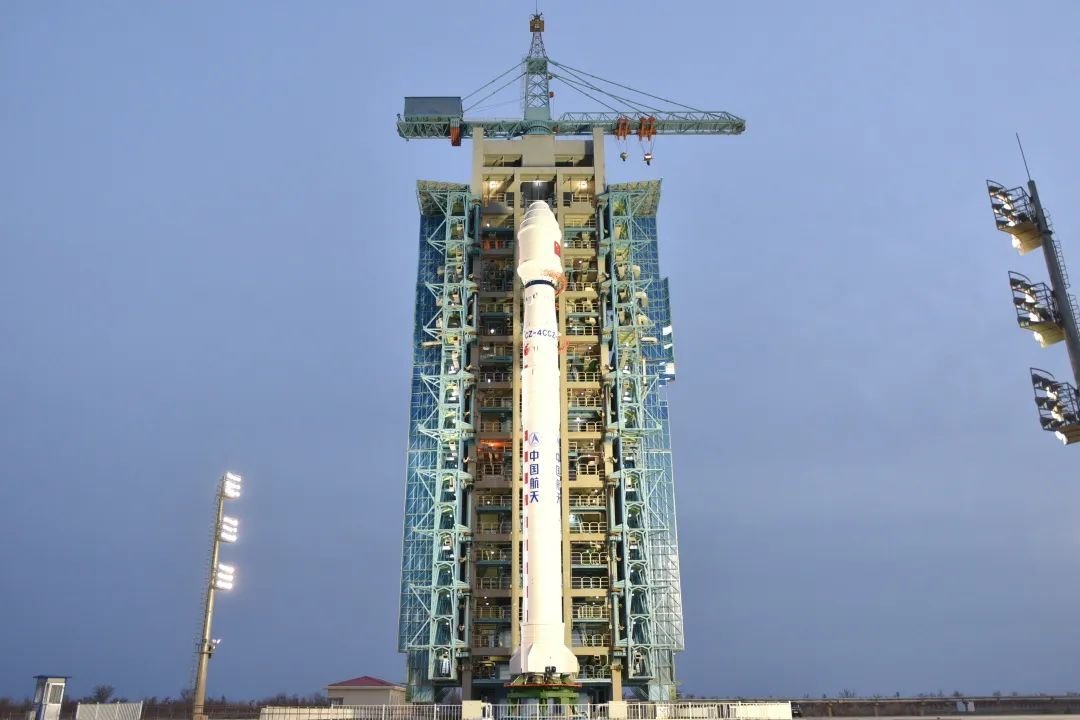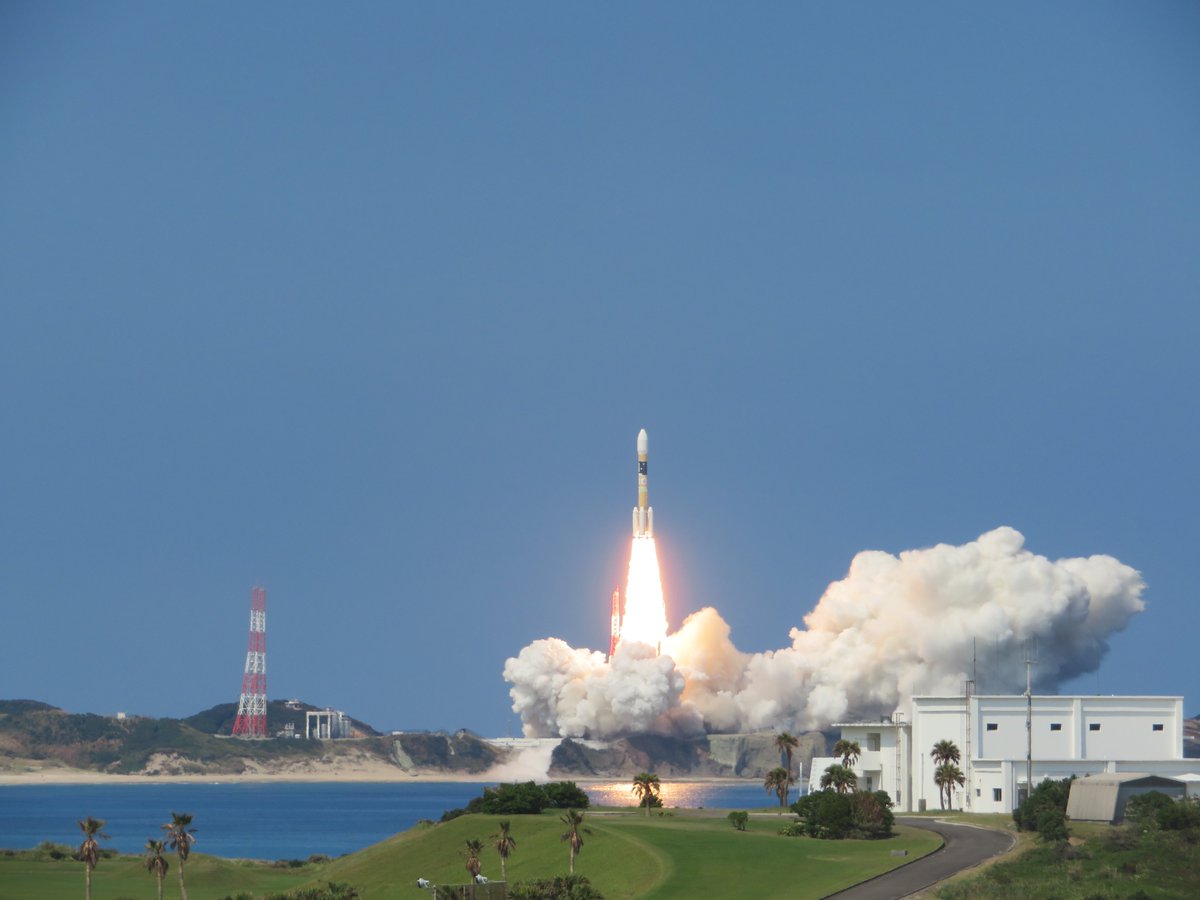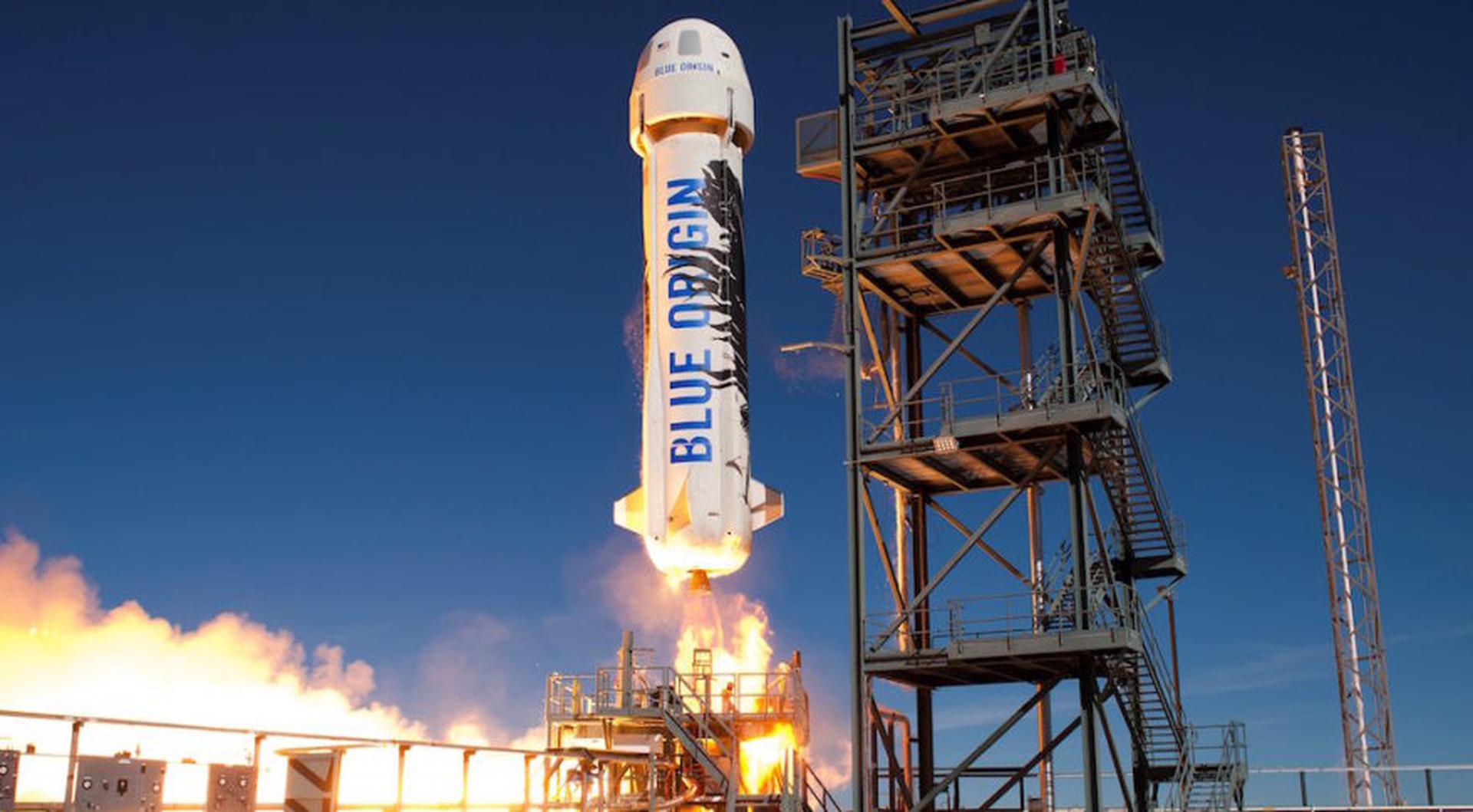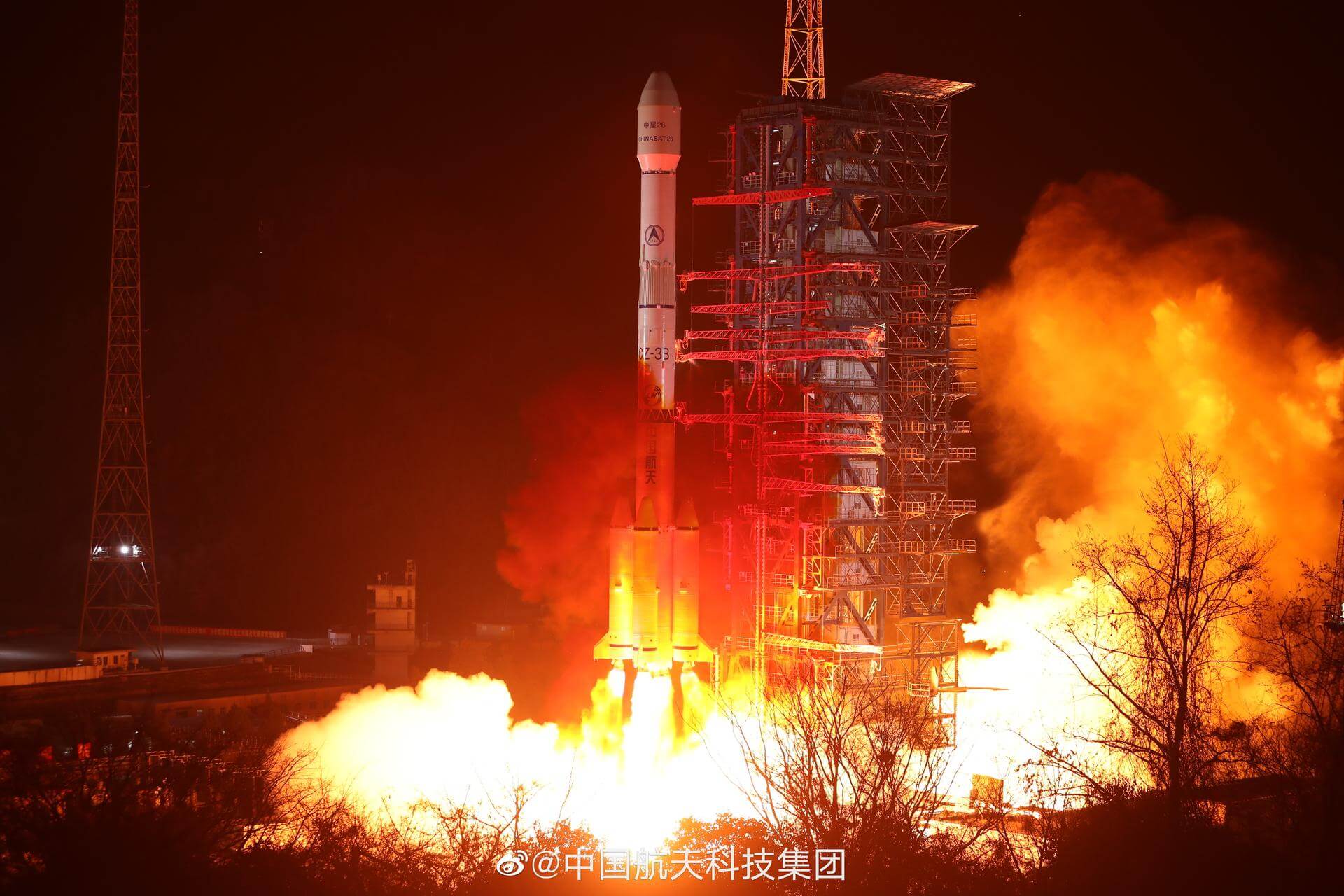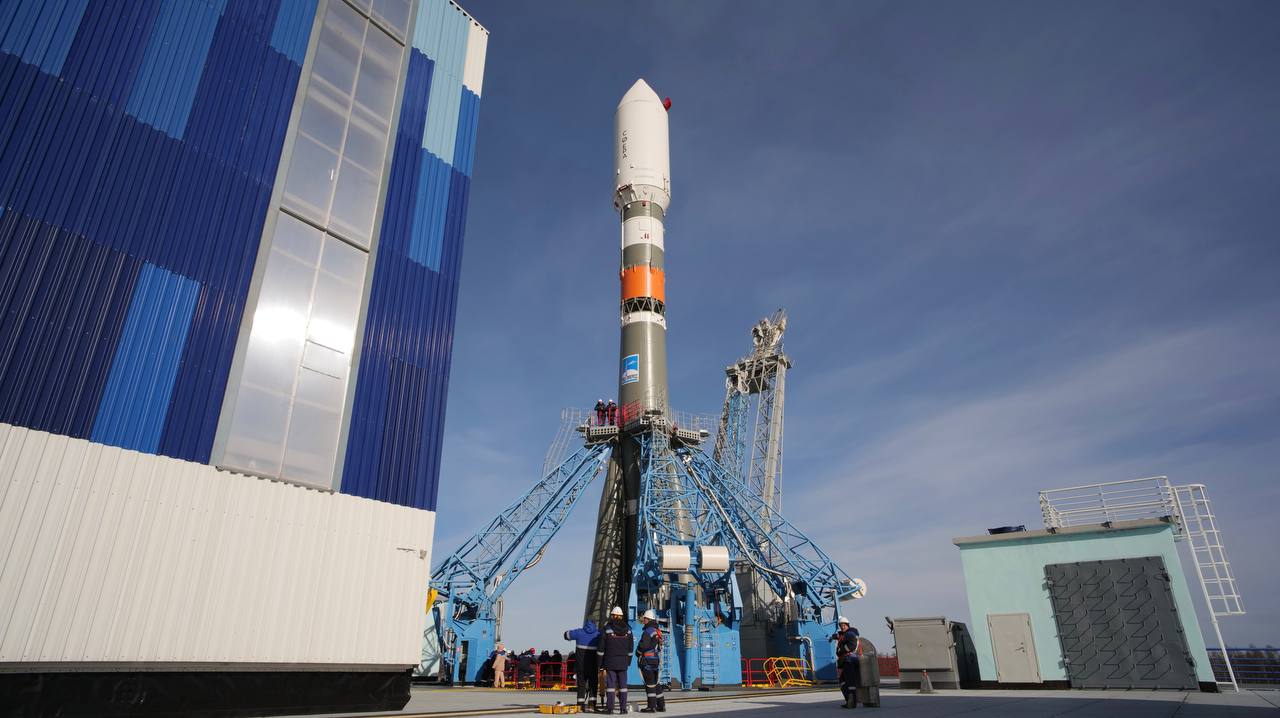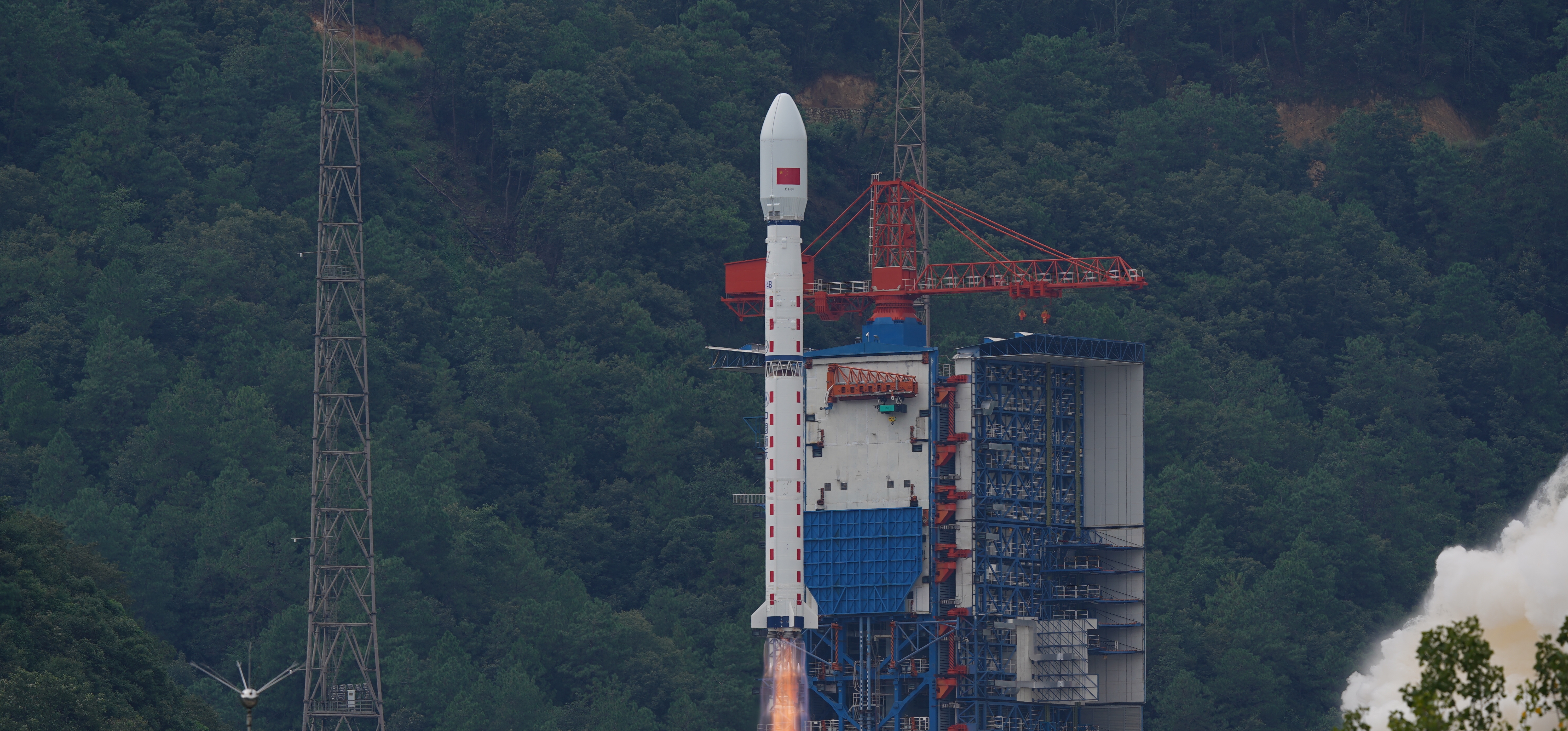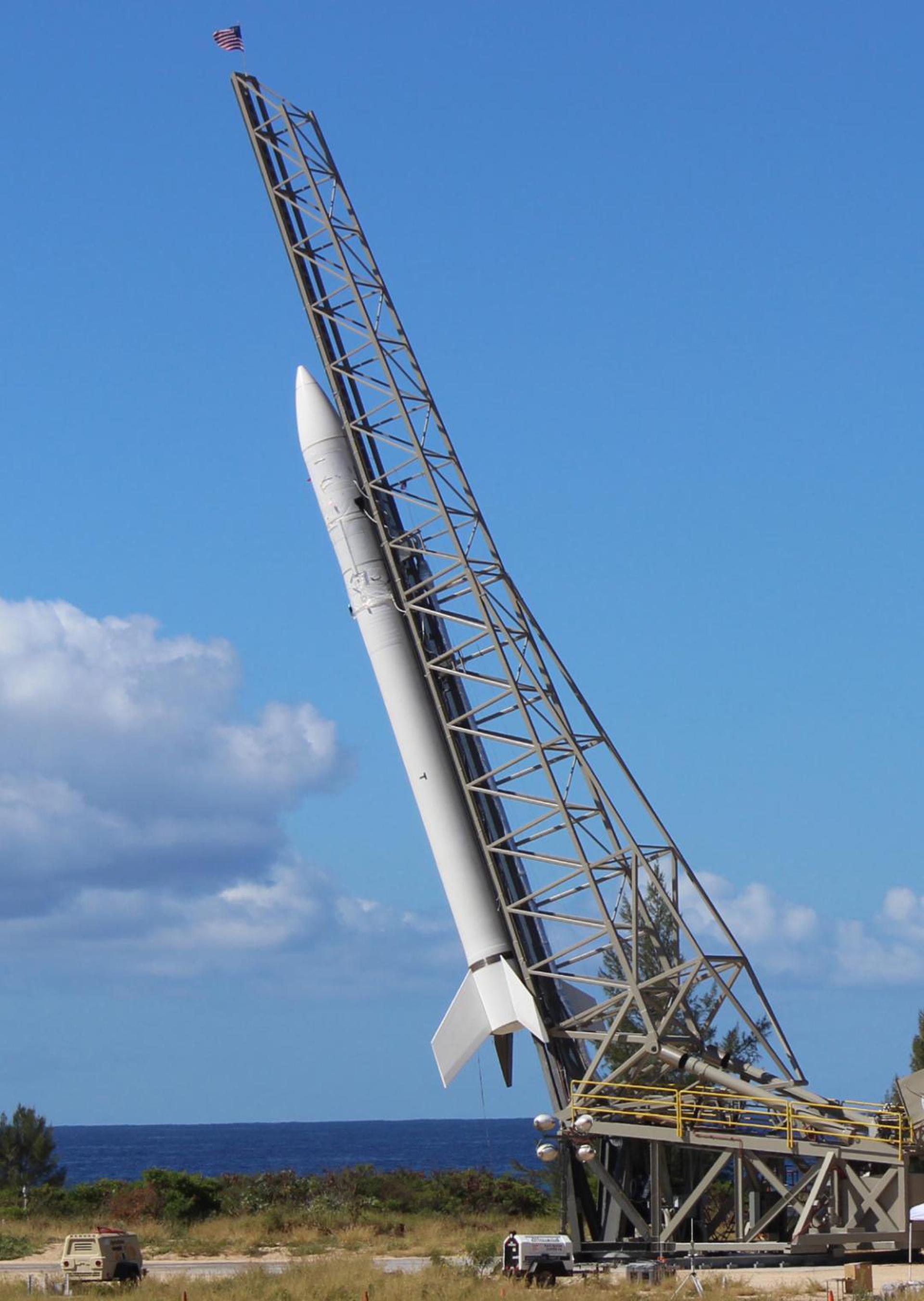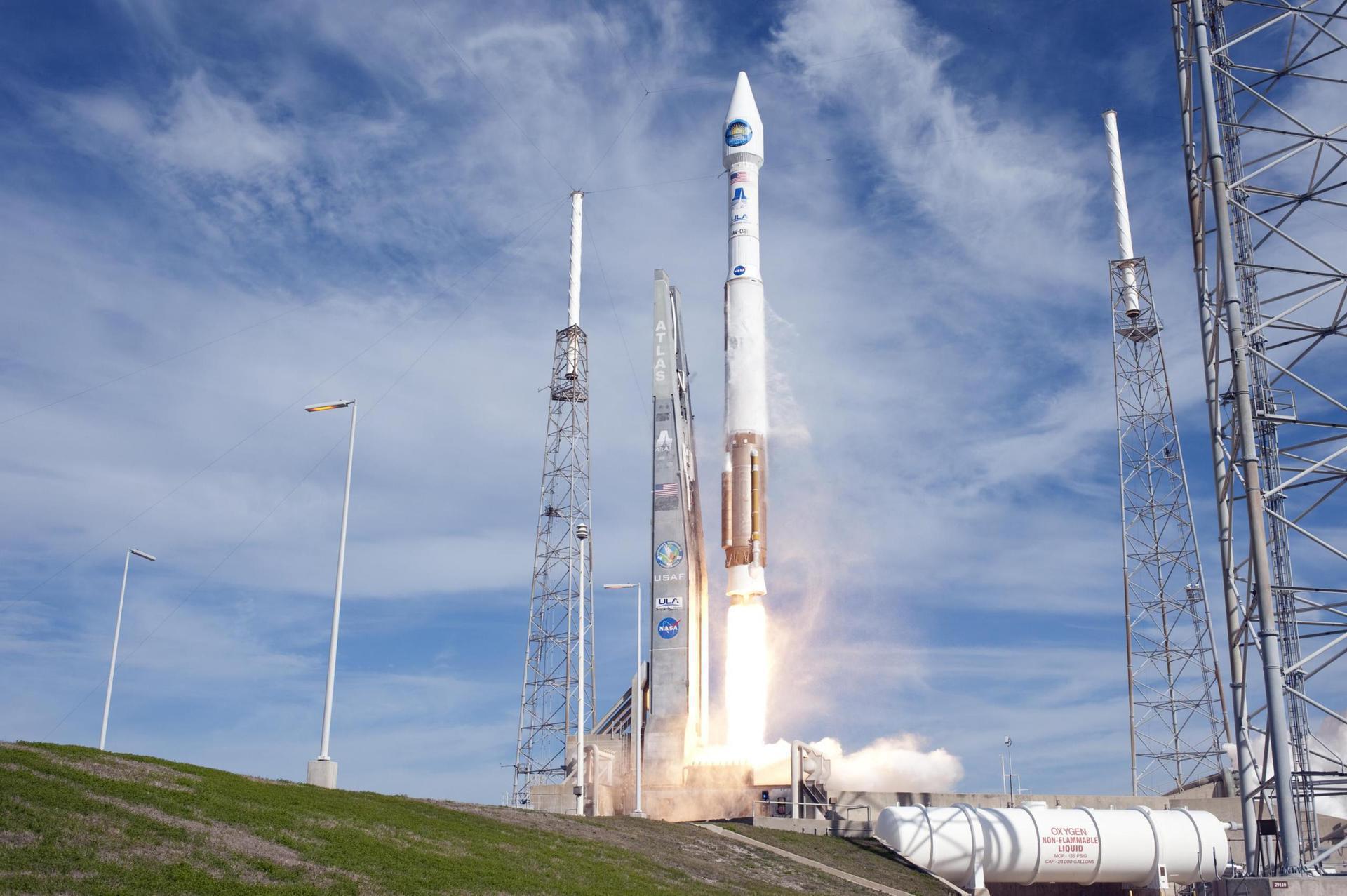Previous Spaceflight Launches
Filter by Agency, Locations or Vehicles
Show All LaunchesLong March 4C | Yaogan-29
China Aerospace Science and Technology Corporation | ChinaTaiyuan Satellite Launch Center, People's Republic of China
Nov. 26, 2015, 9:24 p.m.
H-IIA 204 | Telstar 12 VANTAGE
Mitsubishi Heavy Industries | JapanTanegashima Space Center, Japan
Nov. 24, 2015, 6:50 a.m.
Status: Launch Successful
Mission:
At an orbital location of 15° West, Telstar 12 VANTAGE will provide coverage of the Americas, Europe, Africa and the Middle East, as well as high traffic maritime zones in the Mediterranean, North Sea, Caribbean and the South Atlantic. The satellite contains 52 Ku-band transponders at 36 MHz.
Geostationary Transfer OrbitNew Shepard | NS-2
Blue Origin | United States of AmericaCorn Ranch, Van Horn, TX, USA
Nov. 23, 2015, 5:21 p.m.
Long March 3B/E | LaoSat-1
China Aerospace Science and Technology Corporation | ChinaXichang Satellite Launch Center, People's Republic of China
Nov. 20, 2015, 4:07 p.m.
Soyuz-2.1b/Fregat | EKS (Tundra) (Kosmos 2510)
Progress Rocket Space Center | RussiaPlesetsk Cosmodrome, Russian Federation
Nov. 17, 2015, 6:33 a.m.
Ariane 5 ECA | Arabsat 6B & GSAT-15
ArianeGroup | FranceGuiana Space Centre, French Guiana
Nov. 10, 2015, 9:34 p.m.
Long March 4B | Yaogan-28
China Aerospace Science and Technology Corporation | ChinaTaiyuan Satellite Launch Center, People's Republic of China
Nov. 8, 2015, 7:06 a.m.
SPARK | ORS-4
Sandia National Laboratories | United States of AmericaPacific Missile Range Facility, Barking Sands, HI, USA
Nov. 4, 2015, 3:45 a.m.
Long March 3B/E | Zhongxing-2C (Chinasat-2C)
China Aerospace Science and Technology Corporation | ChinaXichang Satellite Launch Center, People's Republic of China
Nov. 3, 2015, 4:25 p.m.
Atlas V 401 | GPS IIF-11 (USA-265)
United Launch Alliance | United States of AmericaCape Canaveral SFS, FL, USA
Oct. 31, 2015, 4:13 p.m.
